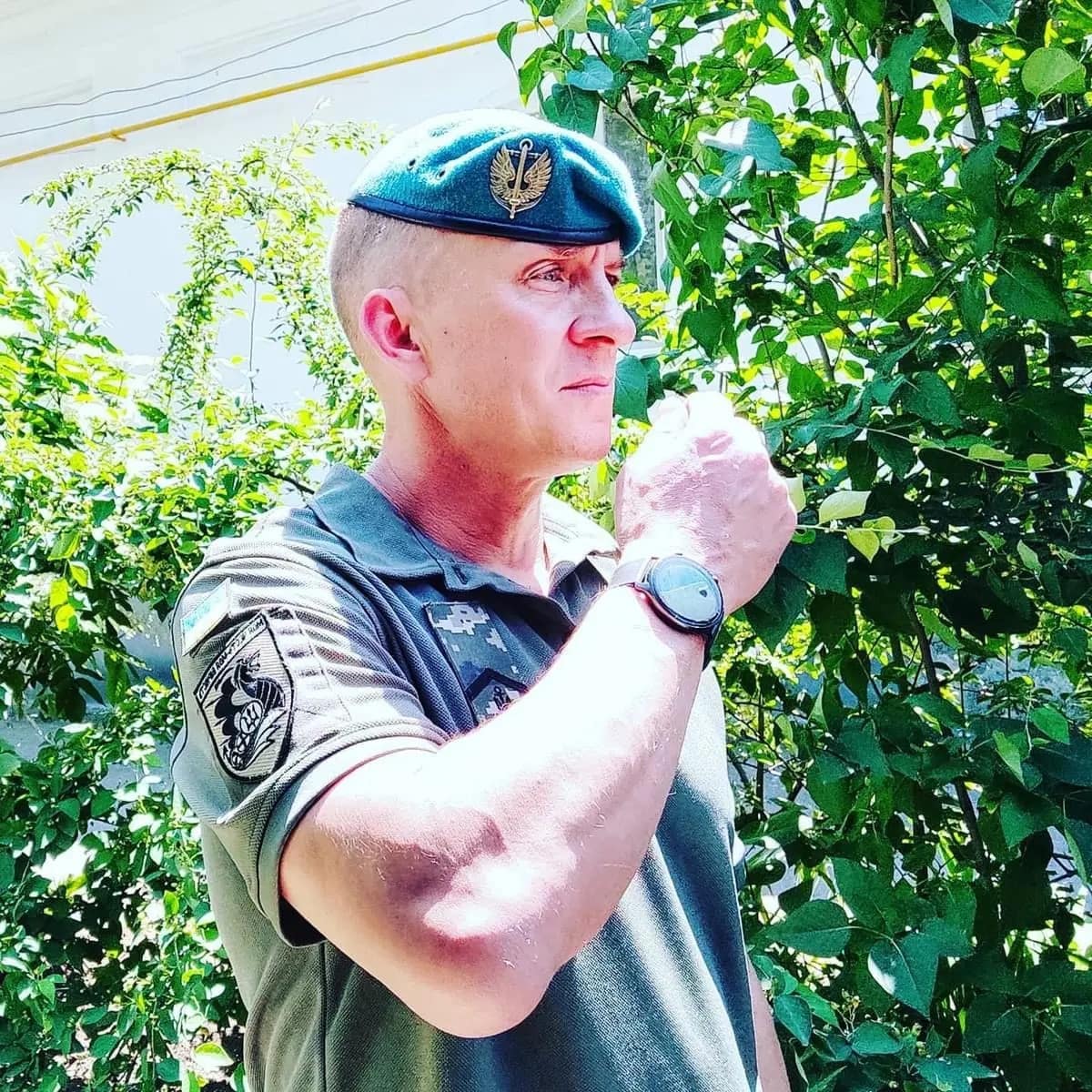
"I was exhausted - unable to compute that I was free. Sitting next to Aiden on Saudi Air Force One, in what I can only describe as a Lazy Boy, still in my tatty prison clothes with a bleeding forehead, I looked like I'd just lost a fight with a herd of stampeding wildebeest. We didn't fit the surroundings. Not even close. Shag pile carpet. Silver and gold trim. The faint smell of something I hadn't experienced in months - clean. Just that. Clean."
"Once the doors had shut, someone told me we were free, providing we were out of Russian airspace. That part stuck. I didn't even care that we were going to Saudi Arabia, much less Riyadh. I just spent the next thirty minutes staring out the small aircraft window, praying we'd make it out of Russian airspace without being shot down."
"For months, I'd dreamed of that moment - the air, the open sky, food that didn't come in plastic bowls, and guessing what the first thing I'd eat would be when that magical day came. But when it finally happened, I wasn't sure what to do with it. You think you'll be elated, shout, collapse - but really, you just blink. Lots of blinking. Looking gormlessly at people you don't know, running around telling you it's going to be okay."
A freed captive arrives aboard Saudi Air Force One exhausted and unable to grasp freedom, still wearing tatty prison clothes and nursing a bleeding forehead. The opulence and cleanliness of the aircraft feel alien compared with months of deprivation. The certainty of freedom hinges on leaving Russian airspace, prompting fear of being shot down. Longing for simple pleasures surfaces: fresh air, non-plastic food, and specific cravings rooted in pre-escape meals. Past captivity included only meagre rations like a small piece of bread a day. Even years later, sensory cravings and disorientation persist as the person confronts reintegration.
Read at London Business News | Londonlovesbusiness.com
Unable to calculate read time
Collection
[
|
...
]